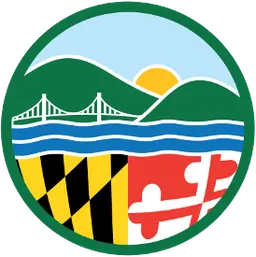Search for your permit
Search returned 39 results
-
Sewage Sludge Utilization Permit
Solid Waste Program
The application of sewage sludge to land returns essential nutrients to the soil, adds organic matter, and can improve the tillabilty and moisture retention capability of the soil. A sewage sludge utilization permit is required by the Maryland Department of Environment for any person who treats, composts, transports, stores, distributes, applies to land, incinerates, conducts innovative or research projects or disposes of sewage sludge or septage (effluent from septic tanks) in Maryland. Sewage sludge (also known as biosolids) is not sewage. It is one of the final products of the treatment of sewage at a wastewater treatment plant. After treatment to break down the organic matter and destroy disease causing organisms, the remaining fine particles ultimately become sewage sludge.
36 Months
$25 to $750
-
Well Permit Applications
Wastewater Permits Program - Wells and Septic Division
A well construction permit is required for any well that is constructed in the state of Maryland and before installing any well that will explore for water, obtain or monitor ground water, or inject water into any underground formation from which ground water may be produced. To ensure a clean and adequate supply of underground drinking water, the state carries out programs to prevent contamination of aquifers from improper well construction and well abandonment. The well construction permit is obtained by the well driller from the local health department.
365 Days
$0 - $160
-
Wetlands & Waterways Authorization
Wetlands and Waterways Program
Wetlands, both tidal and nontidal are vital natural resources that protect water quality, support fish and wildlife, and provide flood protection, recreation, and scenic beauty throughout Maryland. Tidal wetlands occur along the shorelines of the Chesapeake Bay, its tidal tributaries, and the Coastal Bays. They include marshes, shrub swamps, forested wetlands, submerged aquatic vegetation, and open waters. Nontidal wetlands are inland freshwater areas such as marshes, swamps, bogs, wet meadows, and bottomland forests that are usually covered or saturated with water for long periods during the growing season. The Maryland Department of the Environment manages both tidal and nontidal wetlands, the nontidal wetland buffer and waterways, including the nontidal 100-year floodplain to balance reasonable use with the protection of essential resources. Activities such as filling, dredging, constructing piers or shore erosion control structures, and other development within wetlands are regulated to ensure protection of these valuable ecosystems.
30-325 Days
$$
